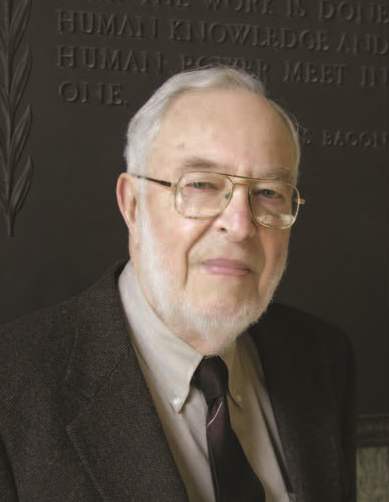A New Look at Thermodynamics, Part 2: Experimental Corroboration and Applications
Year: 2000
Keywords: Thermodynamics, Experiments
Accounting for the rate of change of the particle thermal momentum in thermodynamics has unified the theory of semiconductor diodes and solar cells. 1 Theory has accurately been corroborated by extensive experimental data reported by some 27 authors in a period exceeding a quarter century. Recently, it has been shown2 that, in the framework of the new thermodynamic theory, the first and second laws require the electrification of nearly all surfaces, membranes, and other interfaces. This result readily explains numerous diversified phenomena in the physical, life, and engineering sciences, such as: the generation of static electricity by rubbing two different insulators against one another, surface tension, capillarity, adhesion, electrical breakdown in insulators, atmospheric electricity, suspension of fog and of the clouds, change-of-phase electricity (including electricity associated with the growth of cancer cells), and the electromagnetic forces that shape tornadoes, and lead to their destructive properties.
- M. A. Melehy, "Thermal Momentum in Thermodynamics, Part 1. Nature of Pressure, Equilibrium and Nonequilibrium. and Generalization of the Maxwell-Einstein Diffusion Force," Physics Essays, 10, 287-303, No.2 (1997).
- Ibid, "Thermal Momentum in Thermodynamics, Part 2. Interfacial Electrification: A New Consequence of the First and Second Laws," Physics Essays, 11, 430-443, No.3 (1998).


